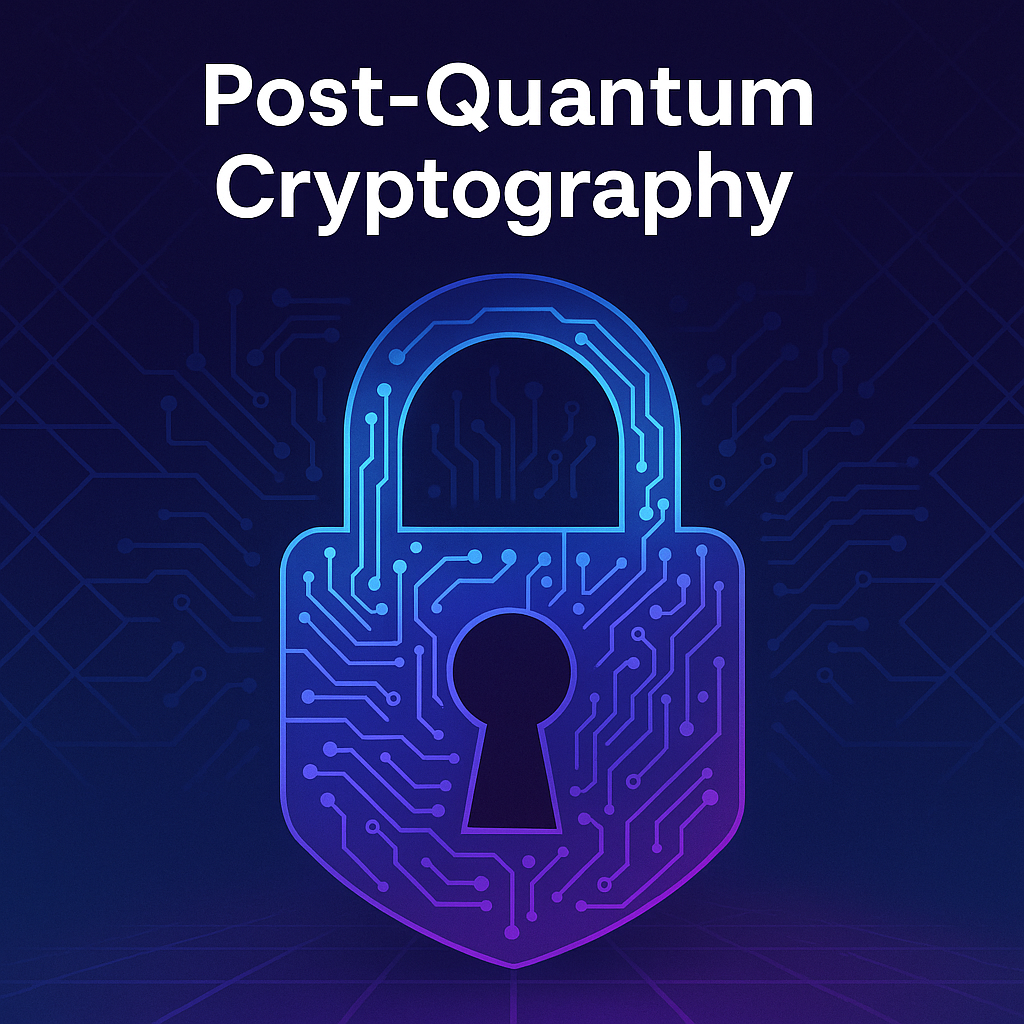The advent of quantum computing has remarkably intensified the discourse surrounding cryptography, particularly in relation to the potential obsolescence of current encryption techniques. As quantum technologies burgeon, they present a profound quandary: Can we outpace the quantum threat? This question is not merely provocative; it encapsulates the urgency and complexity of adapting our cryptographic frameworks to thwart an impending paradigm shift. To understand the nuances of this challenge, we must first delve into the intricate relationship between quantum mechanics and cryptographic practices, followed by an exploration of post-quantum encryption strategies.
Quantum Computers: A Double-Edged Sword
The transformative nature of quantum computing lies in its ability to process information at velocities and complexities inconceivable to classical computers. This leap is primarily attributed to quantum bits, or qubits, which can exist in multiple states simultaneously, allowing for parallel processing capabilities that dramatically surpass traditional binary systems. However, this paradigm shift comes with significant implications for cryptography, which has long relied on the computational intractability of certain mathematical problems.
Take, for example, RSA encryption, which underpins a substantial portion of digital communications today. Its security hinges on the presumed difficulty of factorizing large integers. Quantum algorithms, particularly Shor’s algorithm, subvert this assumption, effectively rendering RSA cryptography vulnerable in a future dominated by quantum systems. The exposure of such vulnerabilities not only raises alarms but also compels a reevaluation of the foundational principles governing high-security communications.
The Emergence of Post-Quantum Cryptography
In response to these emergent threats, the field of post-quantum cryptography has garnered enhanced attention and prioritization among researchers and institutions alike. Unlike existing cryptographic methods, post-quantum algorithms are designed to resist attacks from both classical and quantum computing systems. The rationale behind their development lies in leveraging mathematical challenges that remain ostensibly insurmountable even for quantum computers.
Some prevalent post-quantum cryptographic candidates include lattice-based cryptography, hash-based signatures, multivariate polynomial equations, and code-based cryptography. Lattice-based schemes, in particular, have gained traction due to their mathematical underpinnings and resilience against quantum attacks. They utilize geometric structures known as lattices, from which encryption schemes can be derived that are believed to exhibit robustness against quantum factorization techniques.
However, the journey toward adopting post-quantum encryption is fraught with obstacles. One significant challenge involves the computational overhead associated with these algorithms, potentially yielding larger key sizes and slower processing times compared to their classical counterparts. This may prove particularly onerous for resource-constrained devices, such as IoT sensors, where efficiency is paramount. The balance between security and performance thus becomes a central focal point in the quest for viable post-quantum solutions.
The Standardization Process: A Crucial Step
As with any paradigmatic shift in technology, the transition to post-quantum cryptography necessitates a robust framework for standardization. The National Institute of Standards and Technology (NIST) has undertaken a commendable initiative to evaluate potential candidates for standardization. This multi-stage process involves rigorous scrutiny of various algorithms, assessing not only their theoretical security but also practical implementation challenges.
Nonetheless, the standardization endeavor has its own set of hurdles. The rapidly evolving landscape of quantum computing adds a layer of complexity, with new advancements potentially obfuscating the efficacy of existing algorithms. This begs the question: Are we, as a collective society, prepared to act proactively and decisively against this evolving threat? Failure to do so could leave vital infrastructures susceptible to exploitation by adversarial entities.
Global Collaboration and Implementation
Alongside standardized frameworks, the successful implementation of post-quantum cryptography demands international cooperation across various sectors. The public and private sectors must converge to share knowledge, resources, and strategic initiatives aimed at bolstering cryptographic defenses worldwide. Cybersecurity should emerge as a universal priority, recognizing that potential vulnerabilities can transcend geopolitical boundaries and affect numerous entities simultaneously.
The scaling of post-quantum solutions also prompts consideration of hybrid systems—combinations of classical and post-quantum algorithms that may serve as transitional measures while native post-quantum protocols mature. Such adaptability could mitigate immediate threats while preserving legacy systems during the transition period.
The Road Ahead: Vigilance and Innovation
The question of outpacing the quantum threat ultimately hinges upon a commitment to vigilance and innovation. Cryptography must remain an evolving discipline, capable of adapting to technological advancements and emerging threats. The challenge is not merely technological but also philosophical; it necessitates a reevaluation of our assumptions about security, privacy, and trust in the digital era.
As society stands on the precipice of this quantum revolution, an imperative emerges: we must act resolutely, coordinating efforts to develop and deploy effective post-quantum cryptographic measures. The stakes are high, the timeline is tight, and the call to action is clear. To engage with and ultimately conquer the quantum threat, we must harness our collective insights, engage in rigorous research, and foster collaborative frameworks—ensuring that the integrity of our digital future remains intact.








Leave a Comment